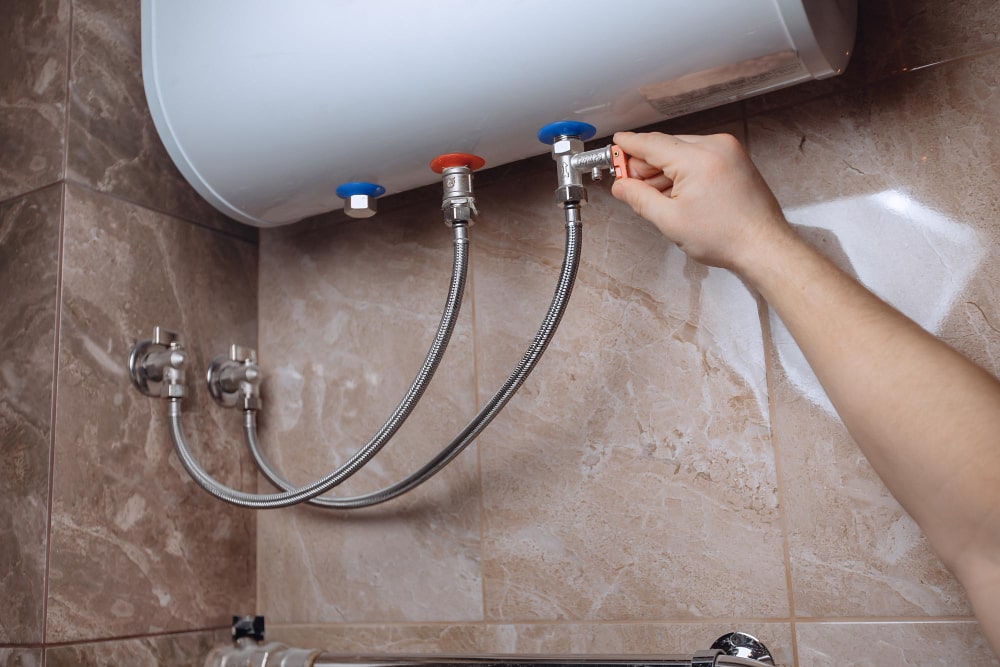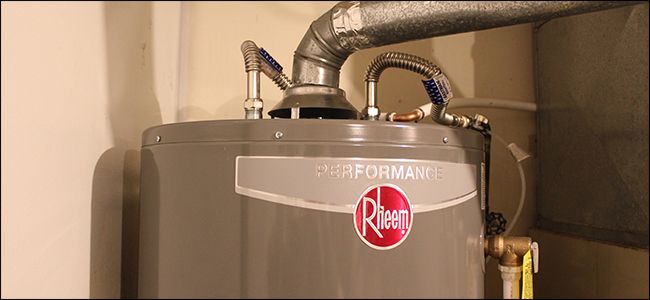Making Sure Durability of Your Home's Hot Water System: Maintenance Advice
Making Sure Durability of Your Home's Hot Water System: Maintenance Advice
Blog Article
This post further down relating to What Kind of Maintenance Do Water Heaters Need? is immensely motivating. Don't skip it.

Warm water is crucial for everyday comfort, whether it's for a revitalizing shower or washing meals. To ensure your warm water system runs efficiently and lasts much longer, routine upkeep is crucial. This article supplies useful ideas and insights on exactly how to maintain your home's warm water system to stay clear of disruptions and pricey repair work.
Intro
Maintaining your home's warm water system might appear challenging, yet with a few basic steps, you can guarantee it runs smoothly for many years ahead. This guide covers every little thing from understanding your hot water system to do it yourself maintenance ideas and recognizing when to contact specialist help.
Relevance of Maintaining Your Warm Water System
Normal maintenance not just expands the lifespan of your warm water system yet also guarantees it runs efficiently. Ignoring upkeep can result in reduced effectiveness, greater energy bills, and also early failure of the system.
Indications Your Warm Water System Demands Maintenance
Understanding when your warm water system requires attention can stop significant concerns. Look out for indications such as irregular water temperature level, strange noises from the heating unit, or corroded water.
Purging the Hot Water Heater
Purging your water heater removes sediment accumulation, enhancing effectiveness and extending its life.
Checking and Replacing Anode Rods
Anode rods prevent deterioration inside the container. Evaluating and replacing them when worn is vital.
Complex Problems Needing Expert Aid
Instances consist of major leaks, electrical problems, or if your hot water heater is continually underperforming.
Regular Specialist Upkeep Advantages
Professional upkeep can consist of detailed examinations, tune-ups, and ensuring compliance with safety standards.
Inspecting and Readjusting Temperature Level Setups
Changing the temperature setups makes sure ideal performance and safety.
DIY Tips for Maintenance
You can execute several maintenance tasks on your own to maintain your warm water system in leading problem.
Checking for Leaks
Frequently evaluate pipelines and connections for leaks, as these can bring about water damage and higher costs.
Comprehending Your Hot Water System
Before diving into upkeep jobs, it's practical to comprehend the fundamental parts of your warm water system. Usually, this includes the hot water heater itself, pipelines, anode rods, and temperature level controls.
Regular Monthly Upkeep Tasks
Regular month-to-month checks can assist catch small concerns prior to they intensify.
Testing Stress Alleviation Valves
Evaluating the pressure relief valve ensures it operates correctly and protects against extreme pressure accumulation.
Insulating Pipelines
Insulating warm water pipelines decreases warm loss and can save power.
When to Call an Expert
While do it yourself upkeep is advantageous, some concerns call for professional expertise.
Final thought
Normal maintenance of your home's warm water system is important for performance, longevity, and expense savings. By complying with these tips and recognizing when to seek specialist assistance, you can ensure a trustworthy supply of hot water without unanticipated interruptions.
How to Maintain an Instant Hot Water Heater
Before tinkering with your hot water heater, make sure that it’s not powered on. You also have to turn off the main circuit breaker and shut off the main gas line to prevent accidents. Also turn off the water valves connected to your unit to prevent water from flowing into and out of the appliance. 2. When you’re done, you have to detach the purge valves’ caps. These look like the letter “T†and are situated on either side of the water valves. Doing so will release any pressure that has accumulated inside the valves while at the same time avoid hot water from shooting out and burning your skin. 3. When the purge valves’ caps are removed, you have to connect your hosing lines to the valves. Your unit should have come with three hoses but if it didn’t, you can purchase these things from any hardware or home repair shops. You can also get them from retail stores that sell water heating systems. Read the user’s manual and follow it to complete this task properly. When the hosing lines are connected, open the purge port’s valves. 4. You should never use harsh chemical cleaners or solutions when cleaning your unit. Make use of white vinegar instead. It should be undiluted and you’ll probably use about 2 gallons. 5. Now flush your water heater. This task should probably take about 40 minutes. We can’t give you specific directions for this because the procedure is carried out depending on the type, model and brand of your heater. With that being said, refer to the user’s manual. 6. When you’re done draining the unit, you have to turn off the purge port valves again. Remove the hosing lines that you earlier installed on each of the water valves. Put the valve caps (purge port) back in their respective places and be very careful so as not to damage the rubber discs that are found inside these caps. 7. Now that everything’s back in place, check your user’s manual again to find out how to reactivate your water heating system. 8. Once it is working, turn one of your hot water faucets on just to let air pass through the heater’s water supply pipes. Leave the tap on until water flows smoothly out of it. https://www.orrplumbing.com/blog/2014/september/how-to-maintain-an-instant-hot-water-heater/

I was guided to that editorial about Water Heater Maintenance Tips You Can't Afford to Forget through an acquaintance on our other web property. Appreciated our write-up? Please quickly share it. Help other people find it. Thank-you for your time spent reading it.
Visit Our Website Report this page